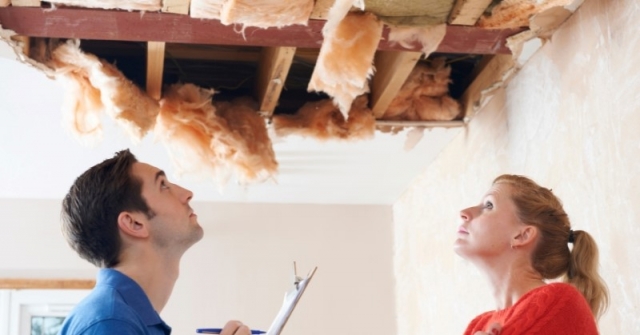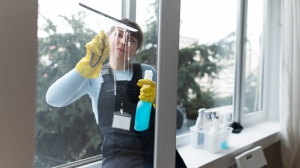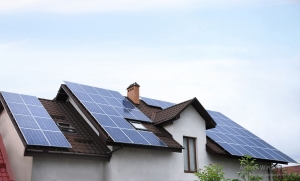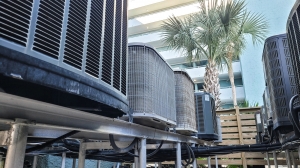Water damage is a common yet daunting issue faced by homeowners. From small leaks to massive floods, water can wreak havoc on your property, leading to structural damage, mold growth, and even health risks. This comprehensive guide will help you identify different categories and classes of water damage, understand the major causes, recognize the signs, and know what to do if you discover a leak. By the end, you'll have all the information needed to act quickly and efficiently.
Identifying Your Water Category and Class of Damage
What Are the Different Categories of Water?
Water damage can be categorized based on the type of water involved, which affects the severity of the damage and the health risks it poses.
Category 1: Clean Water
This type of water originates from a clean source, such as broken water supply lines, overflowing sinks, or rainwater. It's typically free from contaminants, making it less hazardous. However, if left untreated, it can degrade into a more dangerous category.
Category 2: Greywater
Greywater contains some contaminants and is often caused by appliances like dishwashers, washing machines, or toilet overflows (without feces). While not immediately harmful, prolonged exposure can pose health risks and escalate to Category 3 if not addressed promptly.
Category 3: Blackwater
The most dangerous category, blackwater, contains harmful pathogens, toxins, and contaminants. It includes sewage backups, flooding from rivers or streams, or any water that has been stagnant for long periods. This type of water damage requires professional cleanup due to its severe health risks.
What Are the Different Classes of Water Damage?
Water damage is also classified based on the extent of the water's impact on your property.
Class 1
Class 1 water damage is minimal, affecting only a small area with low levels of moisture absorption. This is often the easiest type to repair and usually doesn't require extensive restoration work.
Class 2
Class 2 damage involves a larger area with water absorption into walls, flooring, and structural materials. It requires more extensive drying and restoration efforts.
Class 3
Class 3 water damage is when water has saturated materials extensively, including ceilings, walls, insulation, and flooring. This type of damage demands intensive drying and repair efforts.
Class 4
The most severe, Class 4 damage, occurs when water is absorbed into materials with low permeability, such as hardwood floors, plaster, or concrete. It requires specialized drying techniques and professional intervention.
What Are the Major Causes of Water Damage?
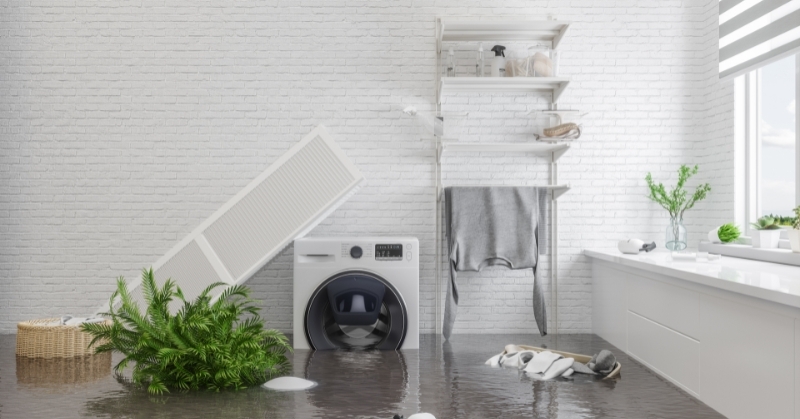
Understanding the causes of water damage can help you take preventive measures to protect your home.
Leaky Pipes
Pipes can develop leaks due to corrosion, high water pressure, or shifts in temperature. Even a minor leak can lead to extensive damage over time if left unaddressed.
Broken Appliances
Dishwashers, washing machines, and water heaters can malfunction and cause leaks. Regular maintenance and inspection can prevent appliance-related water damage.
Floods
Floods are a common cause of water damage, particularly in areas prone to heavy rainfall or storms. Floodwaters often contain contaminants, making the damage more severe.
Clogged or Broken Gutters
When gutters are clogged or damaged, they can't direct rainwater away from your home, leading to water accumulation and damage to your roof, walls, and foundation.
Leaky Roof
A damaged or aging roof can allow water to seep into your home, especially during heavy rainfall. Regular roof inspections can help prevent leaks.
Severe Weather
Storms, heavy rain, and snowmelt can all lead to water intrusion. Investing in weatherproofing and ensuring proper drainage can mitigate the risk.
Clogged Drains
Clogged drains in sinks, showers, or bathtubs can cause water to overflow, resulting in damage to floors and walls.
Damaged or Burst Utility Pipes
Utility pipes, such as those carrying water or sewage, can burst due to freezing temperatures or wear and tear, leading to significant water damage.
Damaged Sprinklers
Faulty sprinkler systems can cause water to pool around your home, damaging your foundation and potentially causing flooding.
Signs of Water Damage to Look For
Detecting water damage early can save you time, money, and stress. Here are some common signs to watch out for:
Standing Water
Visible puddles or pools of water are clear indicators of water damage. These often appear in basements, attics, or near appliances.
Visible Mold Growth
Mold thrives in damp conditions. If you notice mold on walls, ceilings, or floors, it's a sign of water damage that needs immediate attention.
Funky Odors
Musty or damp odors often indicate water damage, even if you can't see the source. This smell usually means moisture is trapped within walls or flooring.
Damaged Paint and Wallpaper
Peeling, bubbling, or cracking paint and wallpaper can signal water intrusion behind walls.
Sagging Walls and Ceilings
Water damage weakens structural materials, causing them to sag, warp, or bulge.
Damaged Flooring
Warped, buckled, or soft flooring is a common sign of water damage, especially in areas like kitchens, bathrooms, and basements.
What To Do if You Discover a Leak
If you discover a leak, acting quickly can minimize damage and reduce restoration costs. Here's a step-by-step guide:
Assess Immediate Dangers and Safety Hazards
Check for electrical hazards, structural instability, or any other immediate dangers. Safety should always be your top priority.
Disconnect Power to the Affected Area
Turn off the power supply to the area with water damage to avoid electrical shock.
Search for the Leak's Source
Identify the source of the leak to prevent further water intrusion. Common sources include burst pipes, appliance malfunctions, or roof leaks.
Disconnect Water to the Leak
If possible, turn off the water supply to stop the flow of water.
Remove Standing Water
Use a wet-dry vacuum, mop, or towels to remove standing water and prevent further damage.
Take Photos
Document the damage for insurance purposes before beginning any cleanup.
Inspect for Mold
Check for mold growth, especially if the leak has been present for an extended period.
Ventilate and Dry the Area
Open windows, use fans, and dehumidifiers to dry the affected area. Proper ventilation helps prevent mold growth.
Remove Affected Porous Objects and Catalog Them
Remove water-damaged items like carpets, upholstery, or drywall and catalog them for insurance purposes.
Clean Location to Prevent Mold Growth
Clean and disinfect the affected area to prevent mold and bacteria from developing.
Call Your Insurance Company
Notify your insurance company to start the claims process. Be sure to provide photos and a detailed account of the damage.
Call a Water Damage Pros
When it comes to extensive water damage, professional help is essential. The Water Damage Pros are available 24/7 to help you with any water damage emergencies. With years of experience, they provide high-quality restoration services, from water damage repair to mold remediation.
By following this guide, you can better understand water damage and how to respond effectively. Remember, the key to minimizing damage is acting quickly, and when in doubt, don't hesitate to call the professionals!
